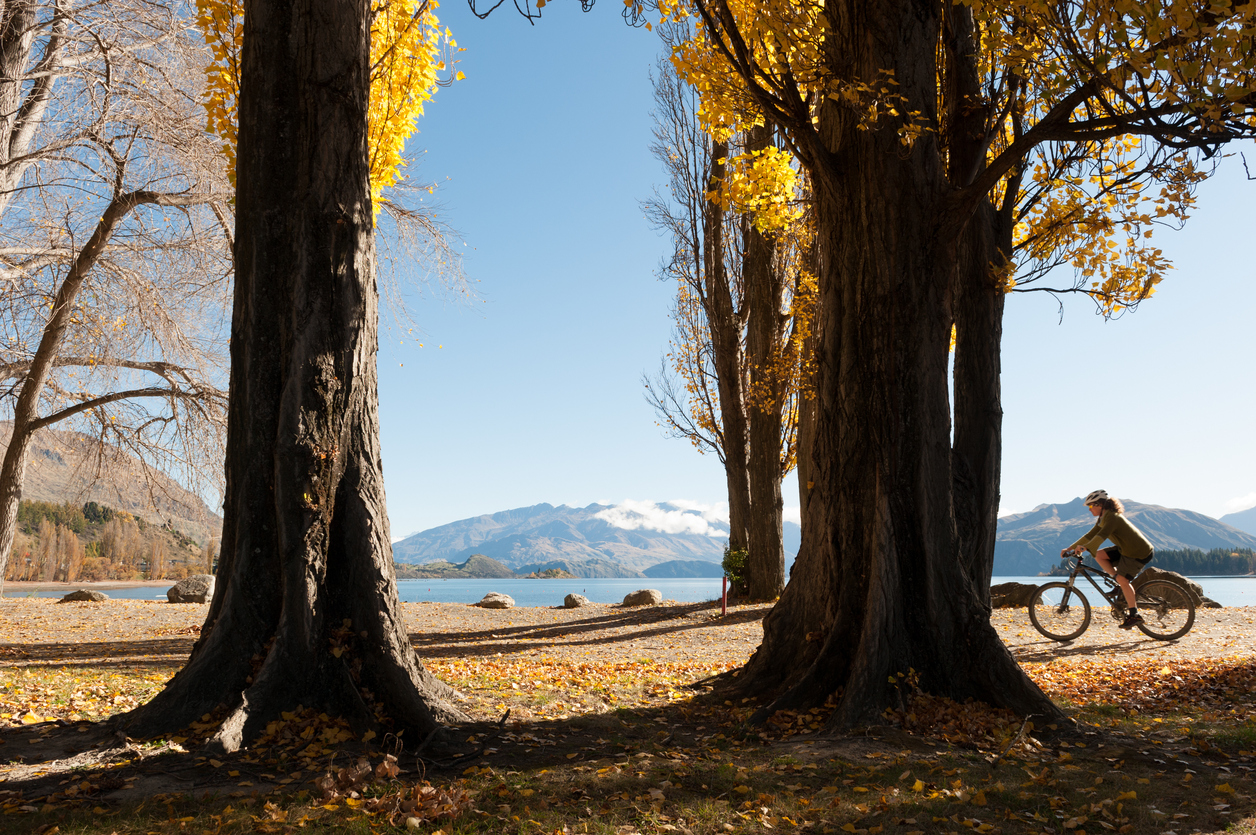The full extent of the infrastructure investment needed in New Zealand to keep pace with tourism growth has been highlighted in a recent survey of local government.
The March 2017 research involving 47 councils reveals there are more than 680 mixed-use infrastructure projects with a value of around $1.38 billion that are in development in one form or another.

Councils across the country were asked to identify infrastructure projects needed to support sustainable tourism growth.
Local Government New Zealand President Lawrence Yule says it is well beyond the resources of local communities to fund these projects – which include the development and ongoing operation of toilets, wastewater systems, car parks, access roads and wifi – and that a new funding mechanism is needed.
“The arguments for a new, sustainable way of funding infrastructure for tourism are undeniable,” Yule says. “We just need to get on with it now and these figures provided by just over half of our councils further illustrate the scale at which we need to act.
“There is much that could be done to protect and enhance the visitor experience, and provide some relief for our communities, many of which have a small ratepayer base. If we don’t act and with the right level of investment, we will be in no position to cope with the forecast growth of tourism – 4.5 million annual visitors by 2025. ‘Just in time’ infrastructure can mean ‘just too late’.”
Auckland mayor Phil Goff has proposed an accommodation levy for his city, while Queenstown Lakes mayor Jim Boult sees the need for a visitor levy for the district.
Mr Yule says it is understood the government is looking at ways to address the need.
“We are confident there will be a solution, we just need to ensure it is the right one,” he says.
Accommodation and border levies contributing to a co-investment fund between central and local government and the tourism industry is LGNZ's preferred model.
“Co-funding, with contributions from central government, councils and the industry, in a way that allows for maintenance and operational costs, is required. Whatever option is settled on it needs to be well supported by all parties if we are to see a durable solution," Yule says.
GST from international visitors alone rose to $1.15 billion in the year to March 2016, up from $950 million in the 2015 year.